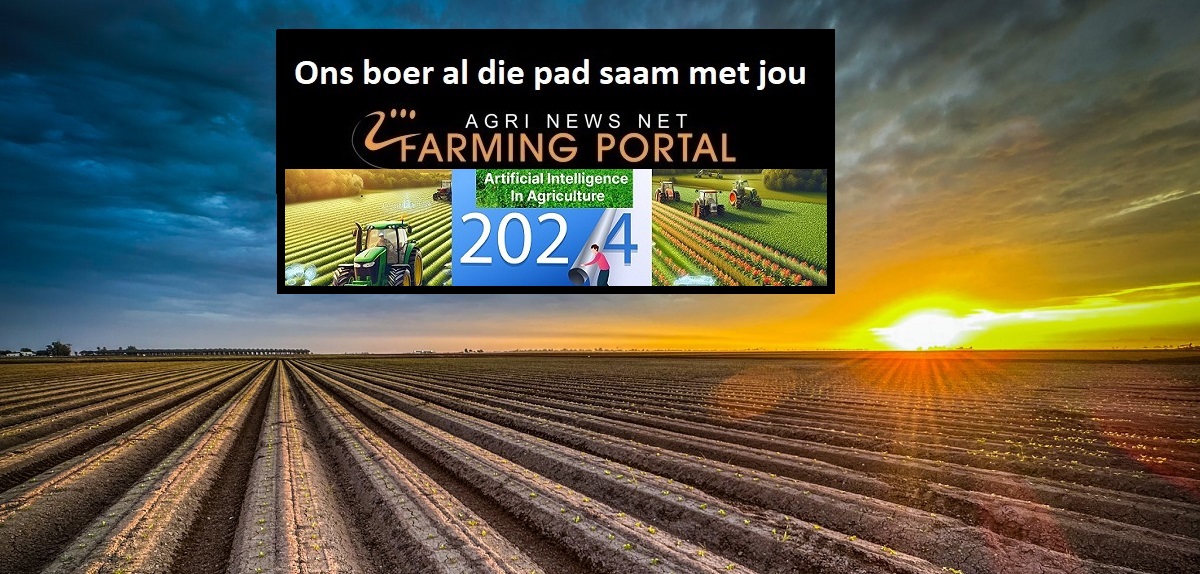The title of this article is taken from a well-known website promoting sustainable use of bio-based resources.
I have seen it countless of times in different variations and I have even cited it myself on several occasions. But recently I have started to have a lingering doubts about the validity of exactly this prediction. Can it really be so that we need 50% more food by 2030? I mean, 2030 is only eleven years away and how on earth can it be that we need so much more food in eleven years. Can it really be true?
So, I promised myself to use the first days of my summer holiday to look for the proper reference for these bold predictions and see if things really look this bad.
A good place to start is population trends. The global population in the beginning of 2019 is estimated to be around 7,9 billion people and the population growth is about 1,07% and falling down from 2% in the 1960’s and 1,5% in the 1990’s. This means that by 2030 we can expect to have around 8,5 billion people on the planet[1].
That´s a good reference point: Global population growth is about 1% a year and falling.
Will we need 50% more food in 2030?
No. I suspect this is an outdated estimate, probably, using 2004/2005 as a baseline. Time does strange tricks to our brains. We feel as if 2030 is somewhere in the distant future and 2004 is close as the day before yesterday. But in fact, 2030 is much closer to the present than 2004. Predictions from 2004/2005 are outdated so even if we might have needed 50% more food in 2030 than in 2004 that was 15 years ago.
In 2017 FAO published a comprehensive report called Future of Food and Agriculture.[2] It was predicted that global agriculture production would increase by 48,6% between 2013 and 2050 to match projected demand. This equals approximately 1% growth pr. year, which gives us that from 2019 to 2030 we need about 12% increase in global food production.
It sounds a bit more achievable than 50%. We have breeding programs, gen-technology, digitization, reduction in food waste, improved farming methods and – if everything else fails – a possibility for a slight dietary shift away from the most inefficient husbandry animals. We will need a lot of hard work and we must reform agricultural policies around the world. But we are not entering a global food crisis. Not by 2030 at least.
 One-quarter of World’s Crops Threatened by Water Risks
One-quarter of World’s Crops Threatened by Water Risks
Will we need 45% more energy in 2030?
Again the answer is "no". Surely, the world's energy demand is increasing at a very fast and unsustainable pace, but the 45% estimate is far out. The newest predictions I found were from the 2018 edition of the World Energy Outlook published by the International Energy Agency (IEA). They calculate several scenarios but the one that includes "current policies and expected or announced policies" predicts an increase of 15,7% between 2017 and 2030[3]. And as we are currently two years into the period we subtract two points and round up to 14% increase in global energy demand from 2019 to 2030.
Most of the growth is in natural gas and renewables, but oil and coal are not disappearing fast enough. We need this planet after 2030 as well and we cannot continue to run it on fossil fuels.
Will we need 30% more water in 2030?
The last statement is about the demand for water. By now most of you can probably guess where we are heading - somewhere close to 11-12%, right?
I am not so interested in tracking down the origins of the inflated projection (I actually did but I do not think it is relevant: respected publication from 2010, citing a publication from 2009 that didn’t really “predict” but rather estimated “what if we continue with business as usual without any constrains or policy change”). But it shows how dangerous it is when a 200-page publication with all kinds of precautionary statements and presumptions is boiled down to a single citation that consequently starts to live its own life.
We can do better than this. This year the UN published “World Water Development Report 2019” that concluded:” Water use has been increasing worldwide by about 1% per year since the 1980s, driven by a combination of population growth, socio-economic development and changing consumption patterns. Global water demand is expected to continue increasing at a similar rate until 2050…”[4].
This math isn’t very difficult: 1% increase over eleven years (2019-2030) equals 11,5% total increase.
The take-away message
I am sure that at some point of time some of these predictions in the title of this article were true. But now, in 2019, they are all wrong by factor of three to four. Still, they are repeated over and over again. Every year estimates are updated, models are improved and, most importantly, the baseline year moves further into the distant past. Therefore, we must constantly update our picture of the world and be on alert every time we hear a bold prediction without a solid reference point.
What we should say at the outset of our presentations in 2019 is this:
"In 2030 the world will need 12% more food, energy and water."
I must admit I am a little relieved. And I will go into the soothing North Atlantic summer rather optimistic about the future: one percent growth in demand is something we can manage – it will take a lot of work, but if we put our efforts to it, we can do it!
Torfi Johannesson
Founder @ Nordic Insights | Sustainability advice, Policy Analysis, Circular Bioeconomy















